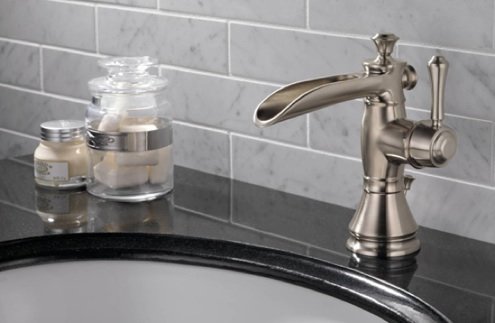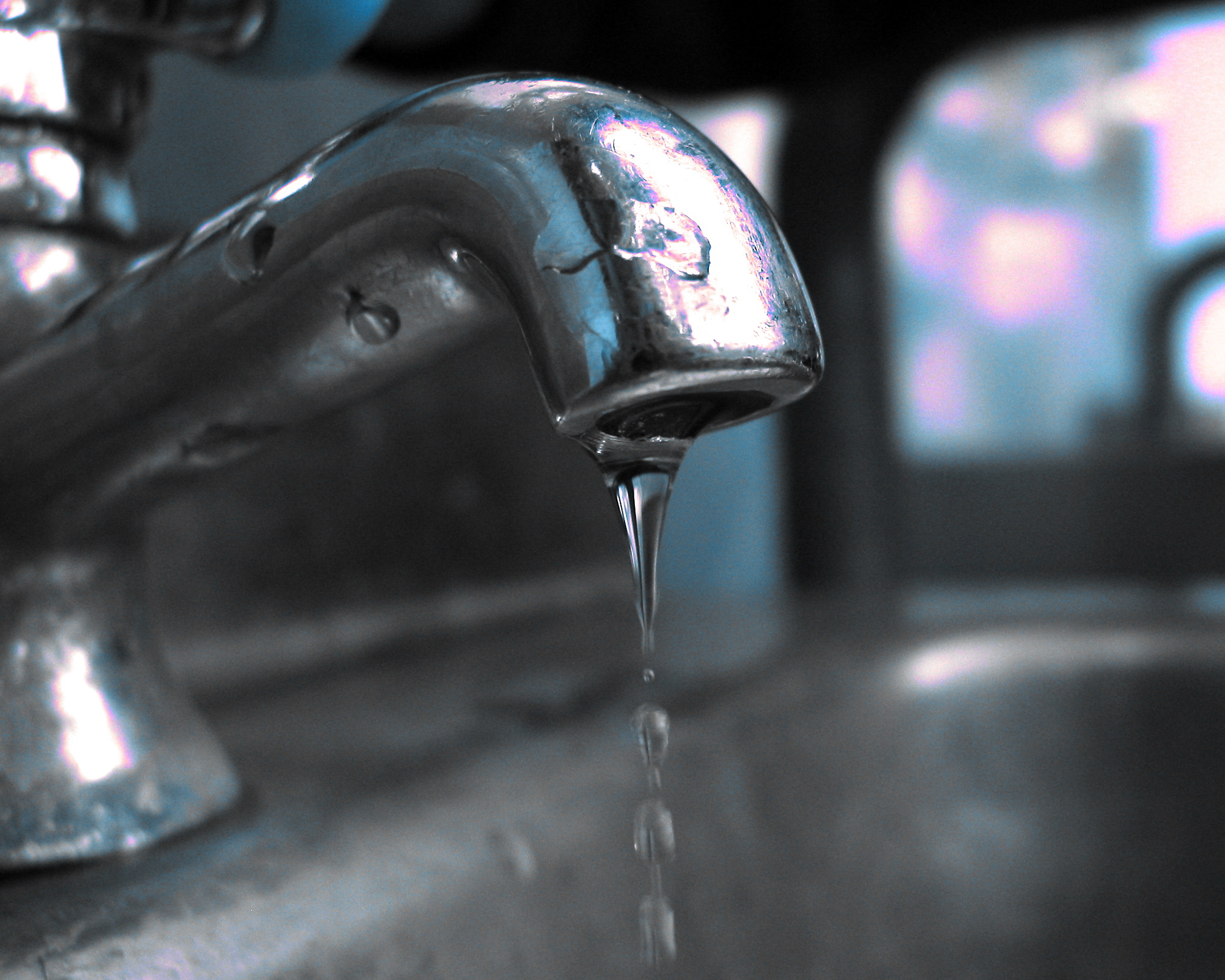Learning the Value of Repairing a Dripping Faucet
Learning the Value of Repairing a Dripping Faucet
Blog Article
Nearly everybody is bound to have their private conception on the subject of Water Dripping from Faucet: Why and How to Fix.

Leaking taps might appear like a small hassle, however their influence exceeds simply the inconvenience of the noise. From drainage to sustaining unnecessary economic expenses and wellness dangers, ignoring a dripping faucet can lead to different repercussions. In this write-up, we'll explore why it's vital to address this common household concern immediately and successfully.
Wastage of Water
Ecological Effect
Dripping taps contribute dramatically to water waste. According to the Environmental Protection Agency (EPA), a solitary tap dripping at one drip per second can throw away more than 3,000 gallons of water each year. This not only stress water resources however additionally affects ecological communities and wildlife depending on them.
Financial Costs
Boosted Water Costs
Past the environmental effect, leaking faucets can blow up water expenses substantially. The collected wastage with time converts into greater energy costs, which can have been avoided with prompt repairs.
Prospective Home Damages
Moreover, extended trickling can result in harm to components and surface areas surrounding the faucet. Water build-up can create discoloration, corrosion, and even structural problems if left ignored, leading to additional repair work expenses.
Health and wellness Worries
Mold And Mildew and Mold Development
The continuous existence of wetness from a leaking tap produces a suitable setting for mold and mildew and mold growth. These fungi not only compromise interior air quality however additionally present health threats, specifically for individuals with respiratory problems or allergic reactions.
Waterborne Diseases
Stagnant water in trickling taps can become a breeding place for microorganisms and various other pathogens, enhancing the danger of waterborne illness. Impurities such as Legionella microorganisms grow in stationary water, possibly leading to significant ailments when consumed or breathed in.
Do it yourself vs. Expert Repair work
Benefits and drawbacks of Do It Yourself Fixing
While some might attempt to repair a dripping tap themselves, DIY fixings include their own collection of obstacles. Without appropriate understanding and tools, DIY efforts can intensify the concern or cause incomplete fixings, extending the trouble.
Benefits of Working With an Expert Plumber
Hiring a specialist plumber ensures that the underlying root cause of the dripping faucet is resolved efficiently. Plumbers possess the expertise and equipment to detect and fix faucet issues successfully, saving time and minimizing the threat of additional damage.
Step-by-Step Overview to Repairing a Dripping Tap
Devices Required
Prior to attempting to fix a trickling faucet, gather the necessary devices, including a flexible wrench, screwdrivers, replacement components (such as washers or cartridges), and plumber's tape.
Usual Faucet Issues and Their Solutions
Recognize the type of tap and the details problem creating the drip. Common issues consist of worn-out washers, rusty shutoff seats, or faulty O-rings. Refer to maker directions or on-line tutorials for detailed assistance on repair work.
Safety nets
Normal Upkeep Tips
To prevent dripping faucets, execute regular upkeep such as cleaning aerators, checking for leakages, and replacing worn-out parts quickly. Furthermore, think about setting up water-saving gadgets or upgrading to much more efficient fixtures.
Importance of Prompt Repairs
Addressing trickling taps as soon as they're seen stops additional water wastage and possible damages, eventually saving both water and cash over time.
Impact on Residential Or Commercial Property Value
Understanding of Well-Maintained Home
Maintaining a property in good condition, consisting of dealing with maintenance problems like trickling faucets, boosts its perceived worth and worth among possible buyers or occupants.
Impact on Resale Value
Qualities with well-kept plumbing components, consisting of taps, command higher resale values in the realty market. Resolving dripping faucets can contribute to a favorable perception throughout property evaluations and arrangements.
Ecological Duty
Specific Payment to Preservation
Taking duty for dealing with leaking faucets lines up with more comprehensive efforts toward water conservation and environmental sustainability. Every person's activities jointly make a substantial influence on protecting valuable resources.
Lasting Living Practices
By focusing on timely repair work and adopting water-saving behaviors, people contribute to lasting living methods that profit both present and future generations.
Verdict
Resolving a leaking tap exceeds mere benefit; it's a vital action toward preserving water, minimizing financial expenses, and guarding wellness and building. Whether with do it yourself repairs or expert aid, taking action to take care of trickling faucets is a little yet impactful method to advertise liable stewardship of resources and add to a much healthier, more sustainable future.
How to Fix a Dripping or Leaky Faucet
A leaking faucet is one of the most common problems that homeowners encounter, but it being commonplace doesn’t make it any less annoying. The constant drip drip drip of a leaking bathtub faucet, showerhead, or sink tap can disturb your home’s serenity. Left neglected, a dripping faucet can also result in higher water bills and discoloration or mold growth in your sink or plumbing fixtures.
Fortunately, you don’t have to be a trained plumber to know how to stop a dripping faucet. With some basic tools, replacement parts, and a little patience, leaky faucet repair is a breeze. In this article, we’ll explain what causes dripping faucets and how you can fix them.
What Causes a Leaking Faucet?
Kitchen and bathroom faucets come in all manner of designs, but most involve some combination of valves, O-rings, seals, and washers. The O-ring is usually the weakest link, but any one of these pieces can wear down over time. Heat, moisture, temperature fluctuations, minerals, mold, and movement can contribute to warping and corrosion, breaking the watertight seal. This just comes with the territory of being a homeowner. Everything is always subject to wear and tear, and some component parts of your appliances and fixtures need to be replaced on occasion. At least replacement O-rings are cheap!
More rarely, dripping faucets can be a symptom of excessively high water pressure. Were this the case in your home, you would probably notice that the leak is not isolated to one faucet. Water pressure issues are harder to resolve on your own. We recommend contacting a professional plumber if you suspect your water pressure is too high.
How to Fix a Dripping Faucet
Pipe wrench or monkey wrench Allen wrench set Screwdrivers Old towel or rag Shut off the water.
Before you do anything, you need to turn off the water to keep from drenching your kitchen or bathroom. You should find a valve under the sink and against the wall. Once you’ve turned this valve, try turning the faucet on to confirm that the water source has been cut off.
If you can’t locate your local valve for the faucet you’re working on, you can always shut off the water to the house at the main valve. Of course, this will prohibit anyone from using the sinks, showers, or toilets while you’re working on the faucet that’s giving you trouble.
Plug or block the drain.
You’ll be disassembling the faucet and removing some small bits of hardware. Plug the drain with a stopper or rag to avoid the possibility of a small screw falling into your P-trap.
Take apart the faucet assembly.
There are several varieties of kitchen and bathroom faucets, each with its own manner of assembly. For detailed instructions on how to disassemble your faucet, you can refer to the fixture’s manual or contact the manufacturer. If you know whether you have a ball, disc, cartridge, or compression faucet, you can find detailed schematics online.
In general, you need to begin by removing the faucet handles. You might notice a small screw that you’ll need to remove with a screwdriver or Allen wrench. If you don’t see any visible securing hardware, it’s likely hidden under a decorative cap that can be unscrewed or popped off with flathead screwdriver.
Remove each piece methodically, consulting a schematic when necessary. Take notes or arrange the pieces in such a way to make it easier to correctly reassemble the faucet later.
Remove the cartridge.
Once you’ve removed the handles and securing hardware, you should be able to remove the valve cartridge or stem. Some cartridges will slide right out. Other faucet models will require you to loosen a nut with a pipe wrench before you can remove the valve stem.
Examine the exposed hardware.
With the cartridge or stem removed, inspect the component parts. Check the rubber O-rings for wear and tear. Also examine the seat washer for corrosion or other damage. These pieces are usually the responsible parties for a dripping faucet, but it’s worth inspecting the other component parts while you have the faucet disassembled.
Find replacement parts.
Once you’ve identified which faucet component has failed, find an identical replacement. Your local hardware store should have O-rings, seat washers, and other standard components in stock. If you have a luxury or uncommon faucet, you may have to contact the manufacturer for a replacement part.
It’s a good idea to take your old parts with you to the hardware store so you can compare them with the store’s inventory and be sure you’re purchasing the correct replacement.
Reassemble the faucet.
With your new parts in hand, reconstruct the faucet and handles. Don’t be tempted to overtighten screws or nuts. You might think this could create a better seal, but it can instead damage or bend a delicate part of the assembly and create a new problem for you.
Turn on the water and test the faucet.
The only thing left to do is test your work. Unplug the sink, turn the water back on, and try the faucet. Congratulate yourself on a job well done!
https://www.libertyhomeguard.com/how-to-fix-a-dripping-or-leaky-faucet/

We are very inquisitive about Why It's Important to Fix Leaky Faucets and I am assuming you appreciated my page. If you enjoyed our blog post plz remember to pass it around. I appreciate your readership.
Report this page